The Butterfly Lifecycle In Your Garden: Explained
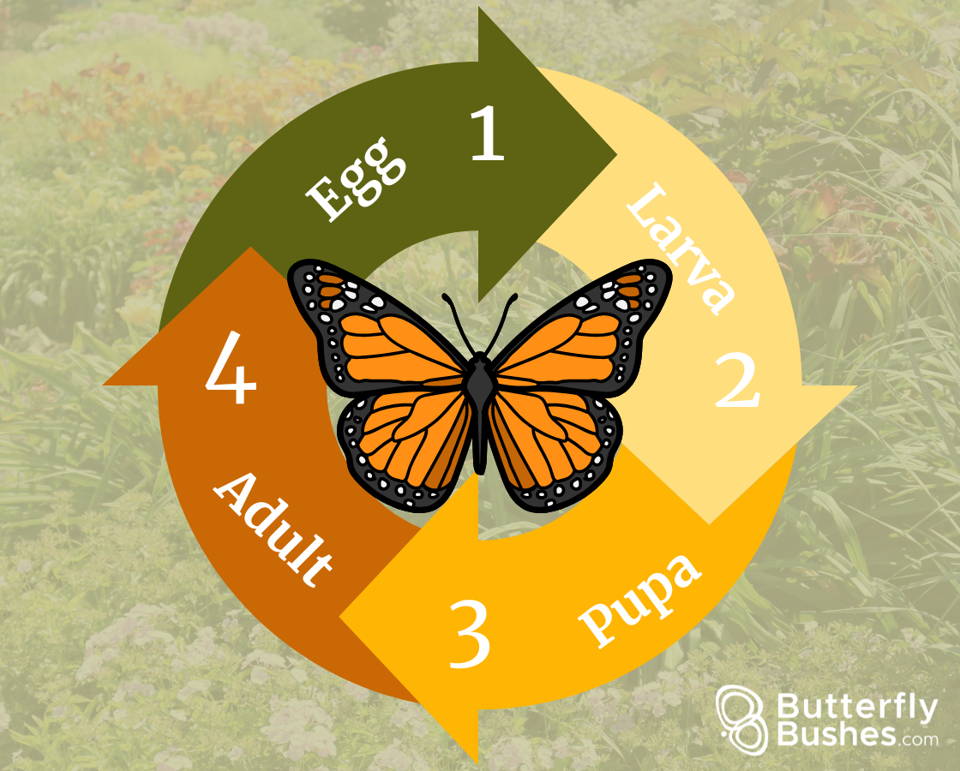
Of all the insects gracing our garden, few capture our attention quite like the Monarch butterfly. Each monarch undergoes a complete metamorphosis with four distinct stages: the egg, the larva (caterpillar), the pupa (chrysalis), and finally, the adult butterfly. These beautiful pollinators spend most of their life on milkweed (Asclepias), a hardy native perennial that is heavily laden with nectar, serving as their sole host plant. Without milkweed, we wouldn't have Monarchs! Join us as we dive deeper into each stage of the Monarch butterfly lifecycle as it unfolds in real time on the swamp milkweed planted in our own gardens.
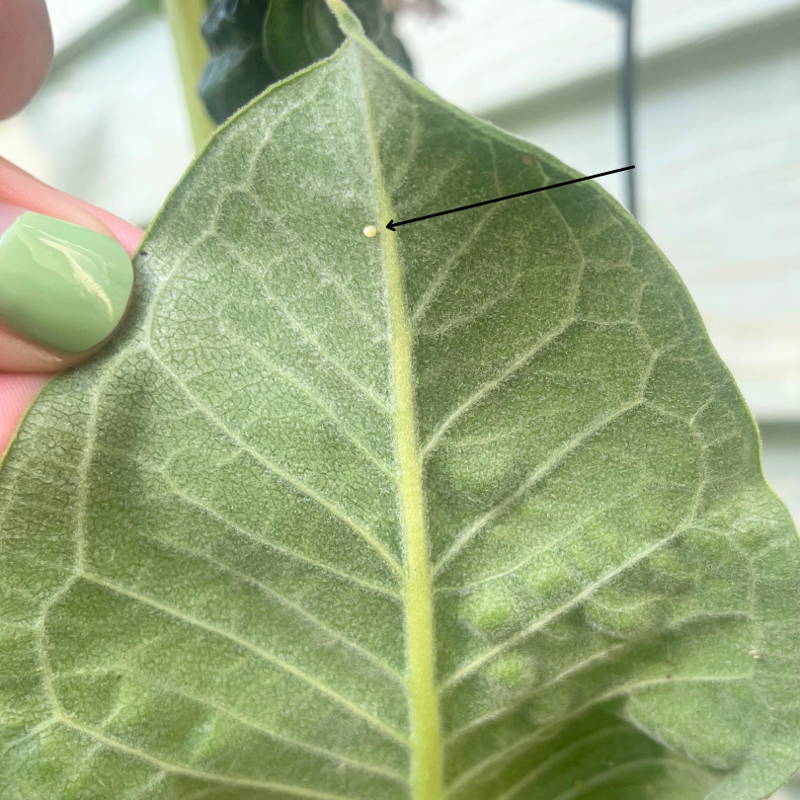
Stage #1: Egg
3-8 days
Stage #2: Larva (Caterpillar)
2-3 weeks
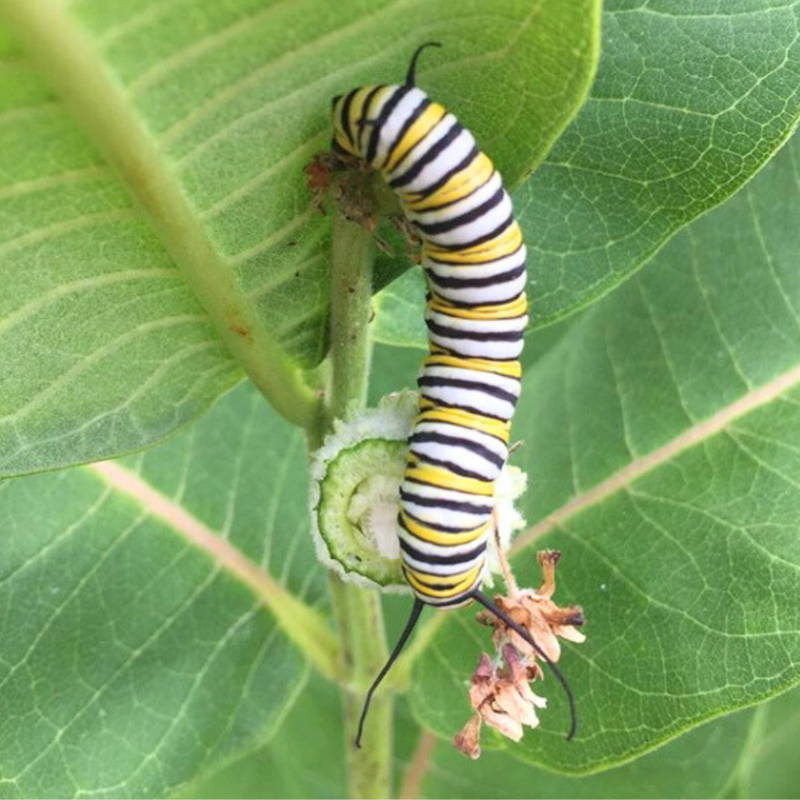
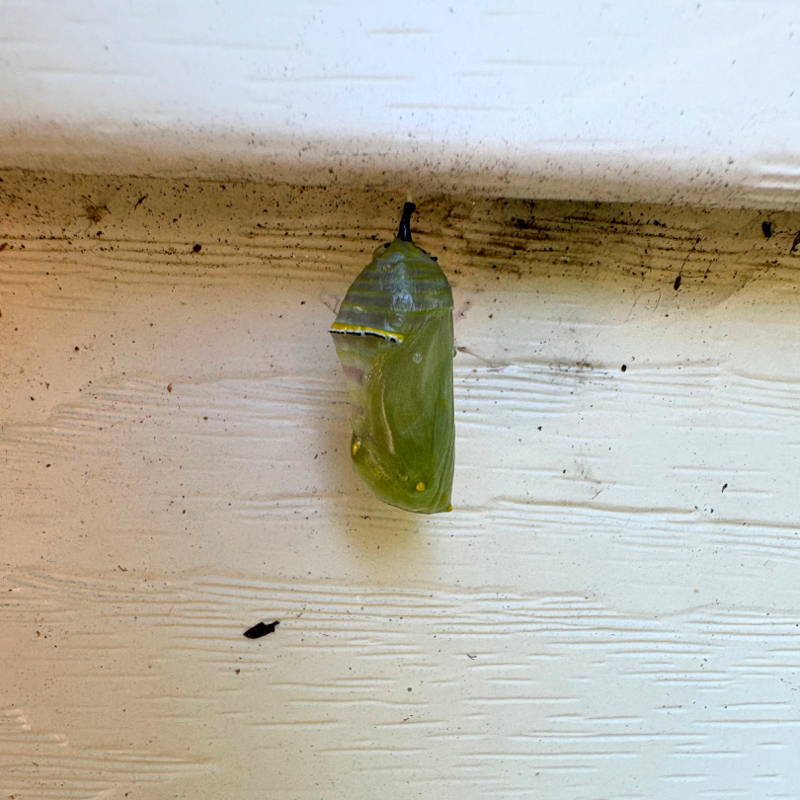
Stage #3: Pupa (Chrysalis)
8-15 days
Stage #4: Adult
2-6 weeks
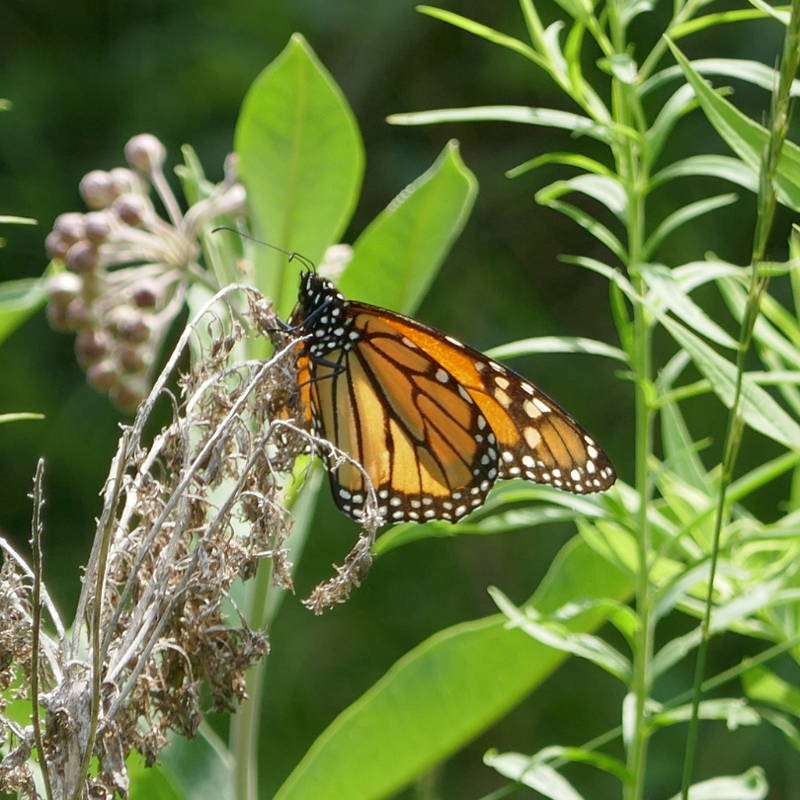
Support Monarch Butterflies With Milkweed:
If you have questions, let us know! Comment your questions below or reach out through our contact us page. We have a team of horticulturalists who are here to help!

